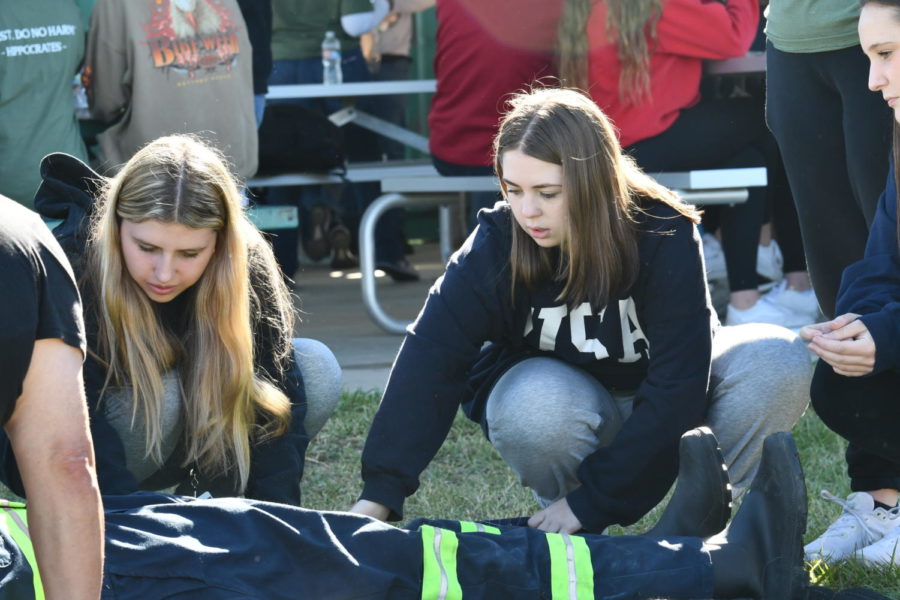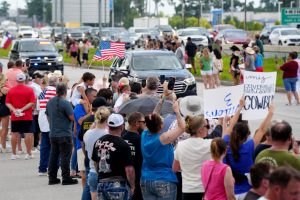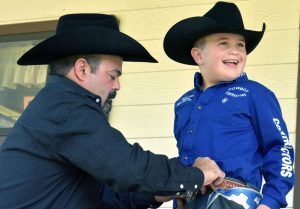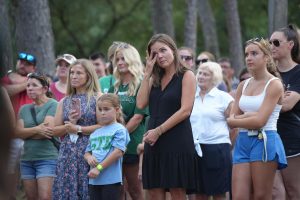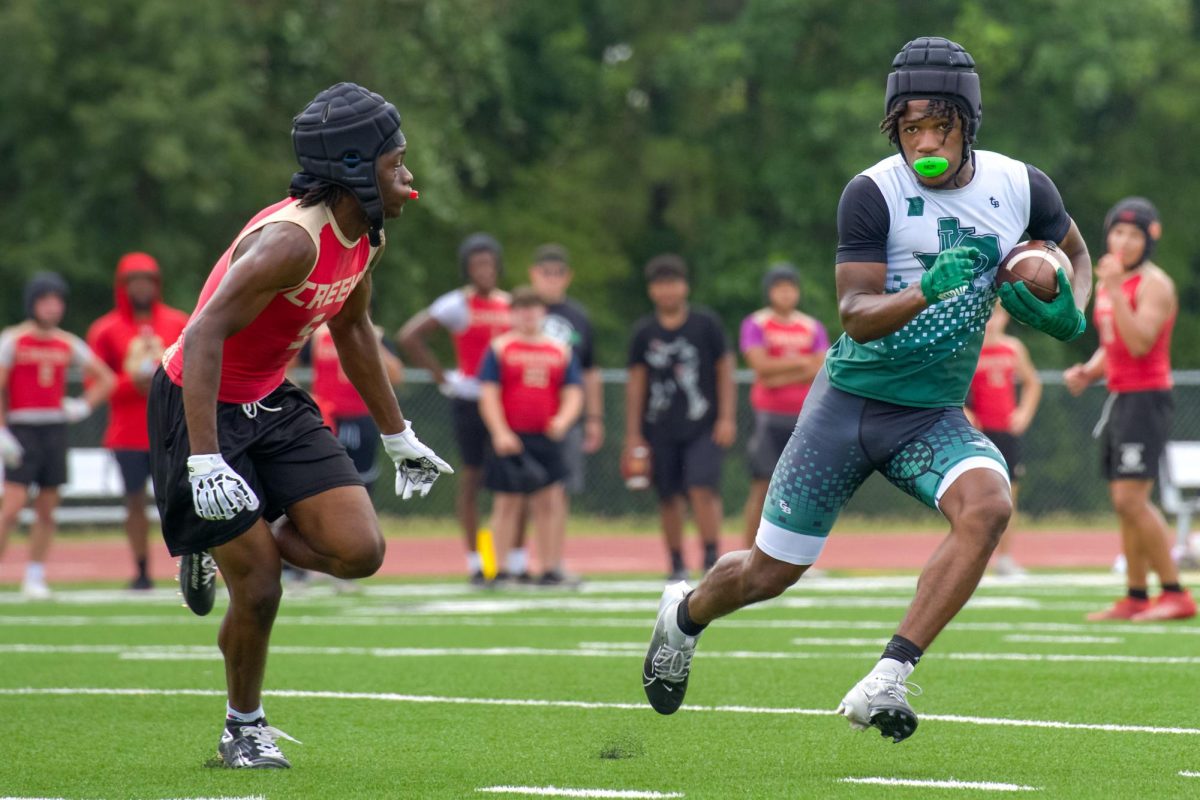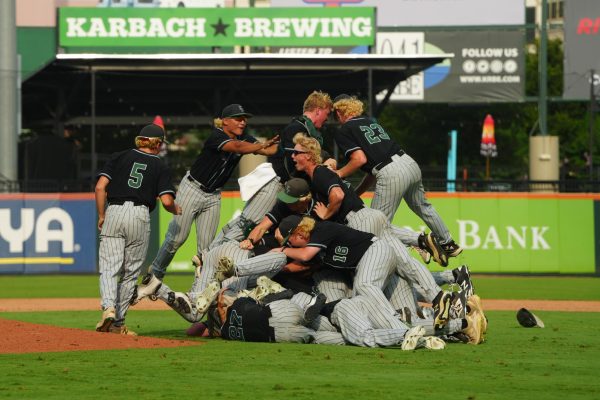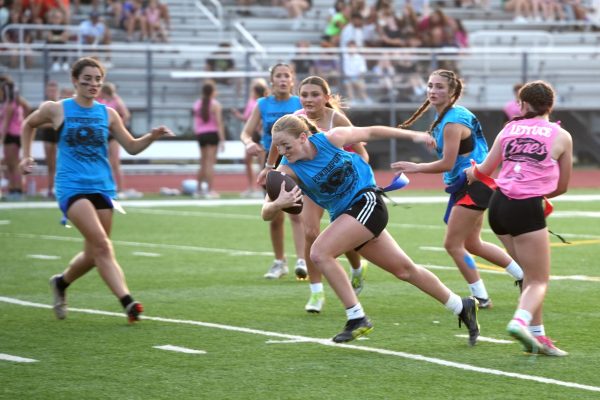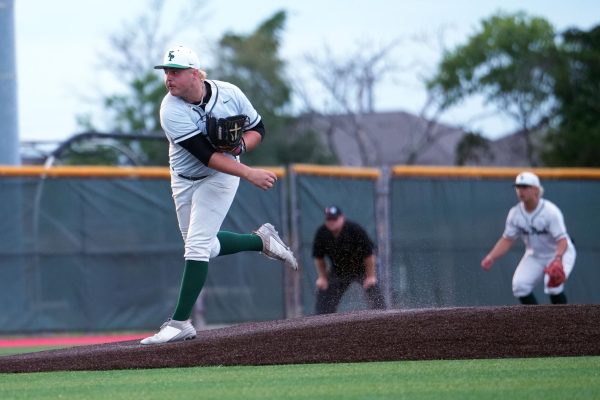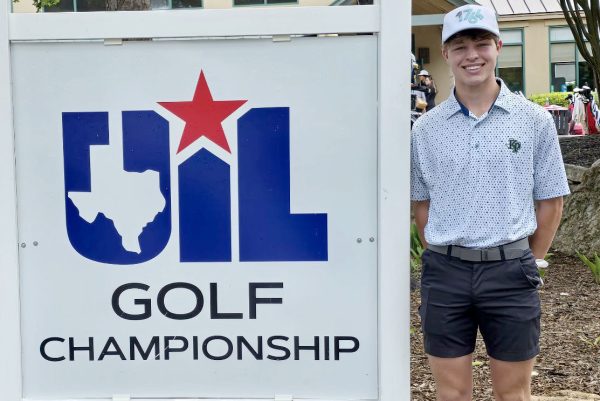Students practice saving lives on HOSA field trip
Makena Thomas and Anna Claire Kohnke examine a body at one of the stations during the HOSA field trip on Oct. 19.
October 28, 2022
Health science students went to the Harris County Sheriff’s Training Facility for a field trip packed with life-saving activities on Oct. 19. For weeks, the kids prepared and learned everything they needed to for the trip, including CPR and how to use a fire extinguisher.
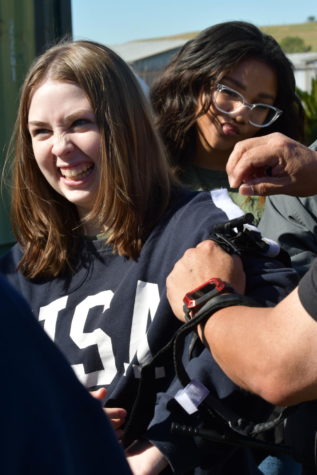
The 47 kids participated in eight different activities, some of which included patient transport, search and rescue, as well as putting out a fire. In previous years, they used an actual fire, but due to budget cuts, a fake one was created this year.
“So what it did is allowed them to go out there and to see it instead of it just being something that they’ve read about or had to like practice in the classroom,” HOSA teacher Leanna Rockwell said. “It took them out of their comfort zone and put them into something different.”
The students were from Rockwell’s health science theory clinical class and her health science practicum class.
One of the students’ favorite activities was search and rescue. They went into a smoking building and had to rescue small tennis balls.
“They gave us flashlights and search equipment that we put on,” Erika Savage, 11, said. “We had to get really close to things to see them, so our vision was definitely impaired. It really helps with team communication because obviously we were going in there with 12, 13 people in a group and we had to all stay together, which was difficult because they had people in there that were blowing air horns at us, trying to separate us. And our goal was to stay together and rescue the tennis balls.”
The trip gave students the opportunity to work together and bond. They realized quickly how important good communication was during the activities.
“There were different bodies that were down and we were supposed to try and record what injuries and then record what accident occurred,” Savage said. “We all got frustrated at each other because we were moving at a really slow pace and people weren’t talking.”
The trip was the final exercise where they took what they learned and applied it to different scenarios. It better prepared them for more realistic situations.
“I hope that they saw how they could really help others,” Rockwell said. “I hope that they learned that they are capable of doing different things and stuff like that.”


